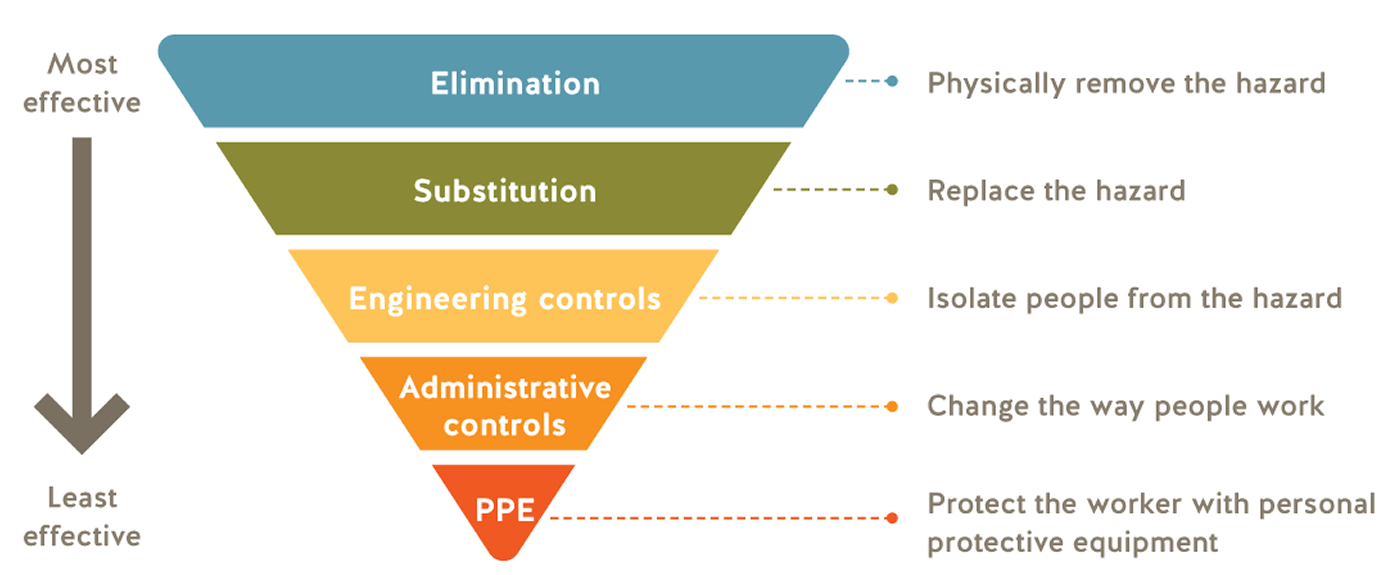Difference between engineering and administrative controls
As a person serving in the role of a safety practitioner, how would you explain to a new worker the difference between engineering and administrative controls and how they relate to a specific work environment? Be specific in your response, and include examples of your work environment.
Sample Solution
The organizational safety practitioner is an important should first consider engineering solutions. This involves a change in the physical features of the workplace (Michael, 2011). When engineering solutions are not feasible, administrative controls offer methods to reduce the exposure of workers to the identified hazard. If administrative controls are not available, work practice controls should be considered and finally personal protective equipment (PPE).
The preferred method for controlling ergonomics hazards is through engineering techniques. When the design of the workplace reduces the magnitude of risk factors, the likelihood of injury/illness is lessened.
Engineering controls might include changing the weight of objects, changing work surface heights, or purchasing lifting aids.
Administrative controls are workplace policy, procedures, and practices that minimize the exposure of workers to risk conditions. They are considered less effective than engineering controls in that they do not usually eliminate the hazard. Rather, they lessen the duration and frequency of exposure to the risk condition.


